In the winter of 2004 I set off on an adventure unlike any other: I would be living and working in Bulgaria for nearly six months. It was surprising how many people asked me why I wanted to go there and, by the way, where was it? The second question was easier to answer than the first, but the simple reason I was going to Bulgaria was that I had received a Fulbright award to teach at the American University. Some of my expectations were eventually fulfilled, some not, but there were plenty of surprises. One concerned a little black dog.
On a bitterly cold January morning I was walking to the university when I spotted a dark shape on the grass beside a building. Oh my God! A dead dog. I had seen a lot of street dogs around town and here was one who hadn’t made it. The locals told me that after the Velvet Revolution (the fall of the Soviet Union that enabled former soviet republics to re-establish their independence) the poor economy forced many people to abandon their pets. Many dogs roamed throughout Eastern European cities, scrounging for food and trying to survive. Being a dog lover, this situation made me sad, but there was nothing for me to do.
A few days later, walking to the university, I see the dead dog standing up! It was holding up one leg, obviously injured. I felt worse than before because I knew that if the dog couldn’t get around to beg for food, it was a goner. I was afraid to approach an unknown, injured dog. There was no canine 911, nobody to go to for help. This was Eastern Europe where people were struggling and a stray dog was almost invisible. Then the next day Black Dog was being fed by a good Samaritan! This was extraordinary. Gradually Black Dog healed enough to be able to walk around. I would see her following people with plastic bags, hoping to score a piece of bread. Before long I was one of those people who would give her food.
Evolutionary anthropologists Brian Hare and Vanessa Woods have coined the term “survival of the friendliest” to describe the evolution of the domesticated dog from the wolf. Black Dog was a good example of a modern-day dog whose personality helped ensure her survival. As I continued to see her around the plaza that extends from a row of small restaurants and stores up to the main university building, I noticed that many people responded to her gentle ways by giving her food. As we got to know each other, Chernya, (“black” in Bulgarian) and I became friends. I gave her pizza slices (She loved pepperoni.) and finally bought a bag of dog food. She would come up to me and even follow me home. That required crossing a busy street, so I sometimes went around the block so she wouldn’t see me. Maybe the survival of the friendliest would lead to the demise of the friendliest. This was getting complicated.
A visit to the vet was in order. I learned from some American co-workers that Vera the veterinarian spoke English. Chernya was going to get some shots. If I couldn’t save her, I could at least make sure she didn’t get diseases common to unvaccinated dogs. After getting directions to the clinic, I made my plan. It was easy to get Black Dog’s attention. We headed off and soon Chernya was charging down the street, around a corner, and into the arms of none other than Vera. I was never sure how they knew each other, but they were fast friends. Vera knew a bit of Black Dog’s history; she had been abused and kicked out of her “home.” She was supposed to be a hunting dog and, indeed, loved to chase small creatures, especially cats. But for some reason she had been abandoned.
Over the next few months my relationship with Chernya continued to deepen. I even rented a car from a friend’s landlord and took her into the mountains to Rila Monastery. She loved riding in the car, but I almost lost her when I let her out and she took off into the woods. It was one of those Oh-God-what-have-I done? moments. The little stinker led me a merry chase. She didn’t pay any attention to my begging her to come back. She moved through the thick brush with no trouble, while I thudded along trying to get un-stuck from brambles, trying to stay upright, and hoping to get her attention. Thankfully, she didn’t spot any small animal or she would have been gone for good. Somehow I got hold of her collar and led her back to the car. When we returned to Blagoevgrad, I had to turn her loose and hope that the car’s owner never found out that I had taken a street dog joy-riding.
As the time got closer for me to return home I struggled with the prospect of leaving Chernya behind. I knew that her life expectancy would be short if she stayed on the street. Besides that, she had come into heat and pregnant stray dogs were a sad sight. Another visit to Vera ensued. Chernya got spayed. I wrote my husband and asked him how he felt about my bringing home a stray. We already had a labrador retriever, but I thought I could find Black Dog a home if necessary. He was reluctant but said it had to be my decision. It would be expensive and inconvenient, but I decided to make Chernya an American. Now it was back to Vera. She was so happy that Chernya would have a real home. Vera took care of all the paperwork, while I took care of the passport picture. Yes, the dog needed a document akin to a passport. (Bulgarians love paperwork that nobody ever looks at.) Besides papers, I had to buy an expensive travel crate and I made arrangements with the airline. This craziness was going to happen!
One other thing had to be done. I declared Black Dog’s new name to be Masha. This isn’t truly a Bulgarian name; it’s a Russian diminutive for Maria. But I liked it and thought it fit her, so Masha she would be. And it’s on her passport.
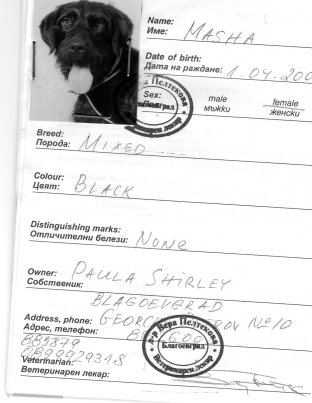
The three flights we took back home were nerve-wracking for me, as I worried non-stop about my precious cargo. In Washington DC she was released from her crate briefly as the security agent checked her out. He wasn’t interested in Masha’s paperwork, but he passed a magic wand over her entire body. Satisfied that she wasn’t a drug mule, the agent sent us on our way, Masha back in the crate and I relieved that we were closer to home. The customs agent asked me only one question: was that a goat in the crate? If I had known I could bring a goat. . . but no. It was a dog I knew I couldn’t give up.
At last we reached the Columbia airport where Masha was delivered along with my luggage. I promptly released her from the crate and took her outside where the joy of being free coupled with the intense heat impelled her to jump into a fountain. Oh God! What next? Into the car and home to meet Daisy, our lab. Masha kept her distance while Daisy sniffed around. I hoped they wouldn’t fight. Then a thunderstorm broke, terrifying Masha. The poor girl was was acquainted with Daisy and a summer thunderstorm in one short evening. We got her settled in for the night and I collapsed in the arms of Morpheus. When I awoke the next morning, Daisy and Masha were playing and chasing each other. Thank you, Lord! Our new tenant didn’t have to be housebroken and she crate-trained herself. It was as if she were saying, “See how good I am. I can stay, can’t I?”
Twelve years later we are still gratefull to share our life with Masha. She can’t run as fast as she could when she was young and she sleeps a lot. Also it’s been ages since she came in the den with a dead squirrel in her mouth. Daisy died two years ago, so all our attention is lavished on “the little immigrant.” She’s the souvenir that keeps on giving, and, for her, life has been happy and secure. Our vet loves Masha’s story and says she went “from the outhouse to the penthouse.” She does live well, but so do we. Our lives have been indescribably enriched by inviting in this sweet girl.

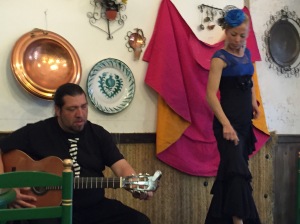
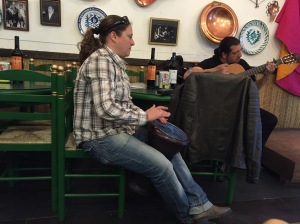 rather like someone who was spontaneously joining the music . Her drumming mimicked the clapping that one would hear from the members of a larger flamenco ensemble. The dancer’s heel stomps thundered in the small space.
rather like someone who was spontaneously joining the music . Her drumming mimicked the clapping that one would hear from the members of a larger flamenco ensemble. The dancer’s heel stomps thundered in the small space.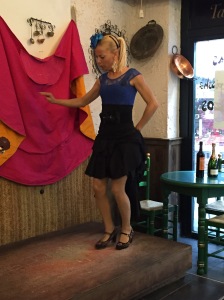
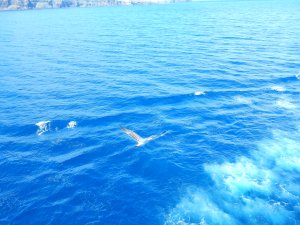
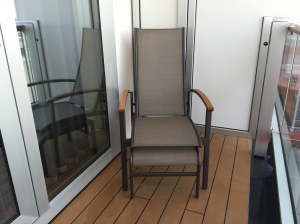
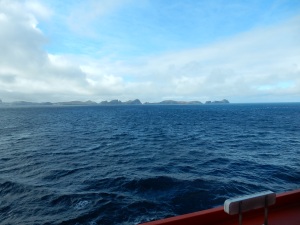
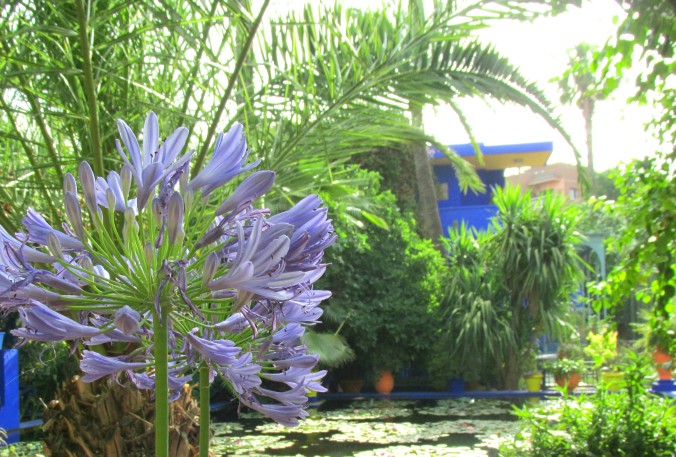
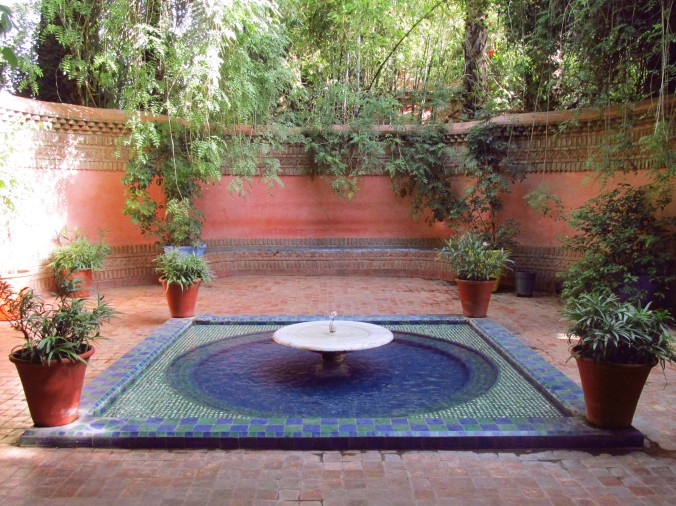

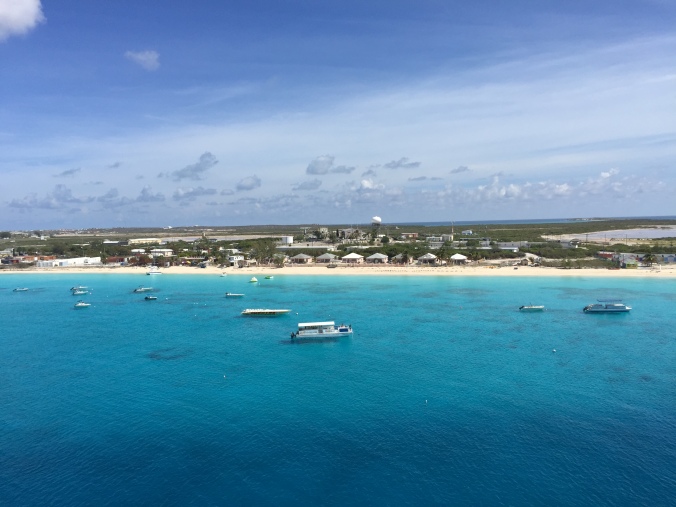
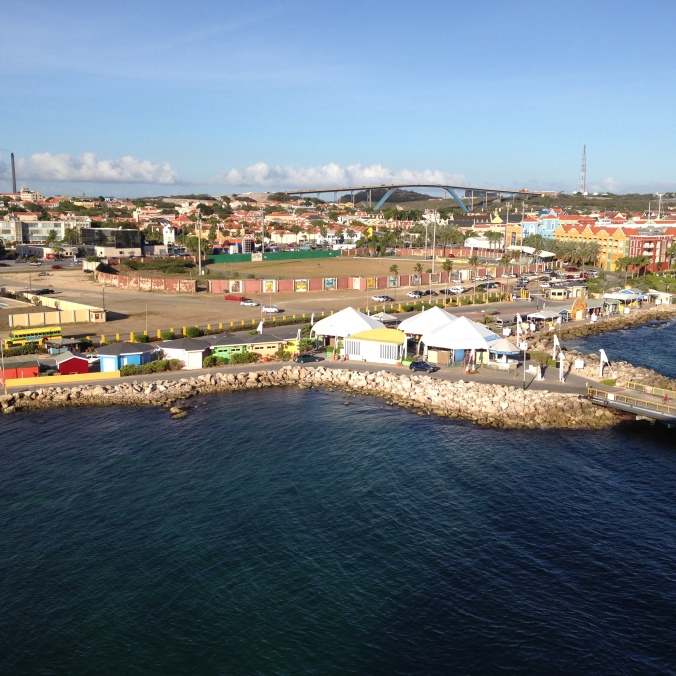
 Another consideration for me is age. I could have gone to Aruba and Bonaire alone, learned more about the islands and most likely had a great time. But I’ve learned that traveling alone at age seventy is very different from doing it at twenty-five. No one comes to my table in a Paris cafe to chat me up. Who hits on someone who looks like his grandmother? I have sat alone through many dinners in restaurants and enjoyed them, but I didn’t make friends. On cruises there are advantages to this solitude. One is that with open seating you can join other people and have enjoyable (usually) conversations over a meal. The unpleasant individuals are few and provide another story line when you return home. If you don’t feel like being social, you can be alone. Order room service in your cabin and revel in having dinner dressed only in your bathrobe.
Another consideration for me is age. I could have gone to Aruba and Bonaire alone, learned more about the islands and most likely had a great time. But I’ve learned that traveling alone at age seventy is very different from doing it at twenty-five. No one comes to my table in a Paris cafe to chat me up. Who hits on someone who looks like his grandmother? I have sat alone through many dinners in restaurants and enjoyed them, but I didn’t make friends. On cruises there are advantages to this solitude. One is that with open seating you can join other people and have enjoyable (usually) conversations over a meal. The unpleasant individuals are few and provide another story line when you return home. If you don’t feel like being social, you can be alone. Order room service in your cabin and revel in having dinner dressed only in your bathrobe.
